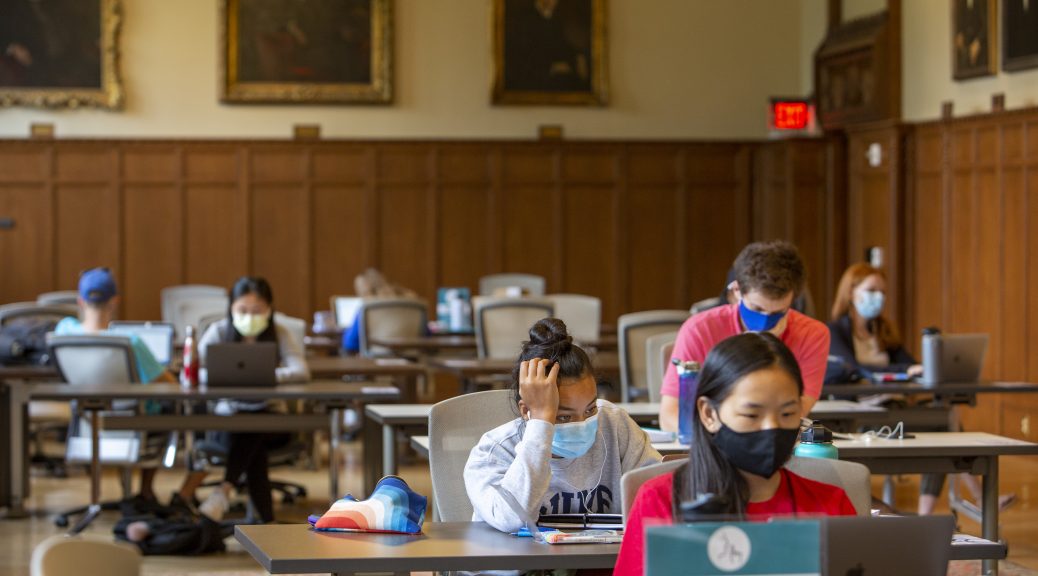We at Duke University Libraries have decided to stop using the project management platform, Basecamp, to which we have subscribed for almost a decade. We came to this decision after weighing the level of its use in our organization, which is considerable, against the harms that we see perpetuated by the leadership of Basecamp’s parent company, 37signals. As a result of our discussions, we will not renew our current subscription when it ends in December. In the meantime, a small group of our staff have committed to help colleagues export their Basecamp content so it can be archived, and we will move to using other productivity platforms.
In July of this year, in a team chat, one of our colleagues shared a link to a blog post authored by one of the founders and owners of 37signals, and commented, “We really might want to rethink our usage of Basecamp.”
It jogged our memories of events some 26 months earlier, when another colleague shared an article published on The Verge, “Breaking Camp.” As reported, internal conflict regarding a culturally-insensitive list of “funny” customer names led Basecamp’s leadership to ban employees from holding “societal and political discussions,” ignoring that the conflict focused on workplace dynamics. Mass resignations resulted, and the experiences of the employees interviewed paints a picture of company leaders who initially supported Diversity, Equity, and Inclusion (DEI) activities but eventually placed severe restrictions on how those activities could play out at work. In a playbook for the ages, those in power failed to acknowledge the complicated interconnectedness and nuance of the issues under discussion, and set policies that shut down discussions challenging the company culture.
The discussions we had in 2021 identified concerns about both the culture at Basecamp and the impact a decision to leave it would have on our daily work. Staff reflected on the ease of using the platform, the large number of projects that rely on it, and the complication of a decision that would impact groups across in the Libraries in such a direct way. While we talked about how we might respond to the values of third-party companies, we eventually decided not to pursue a cancellation.
When we revisited the discussion this summer, it took a decidedly different direction. The blog post that our colleague shared in July, titled “The law of the land,” by 37signals co-founder, co-owner, and CTO, David Heinemeier Hansson, celebrates the US Supreme Court’s ruling ending considerations of race in admission to colleges and universities. In that post, Hansson links to another that drew our attention, “The waning days of DEI’s dominance.” We also read a third post of his, “Meta goes no politics at work (and nobody cares).” We found there a thread of ugly thought, couched in an overriding intellectual dishonesty, that re-escalated our discussion about continued use of Basecamp.
Continue reading Why We’re Dropping Basecamp






